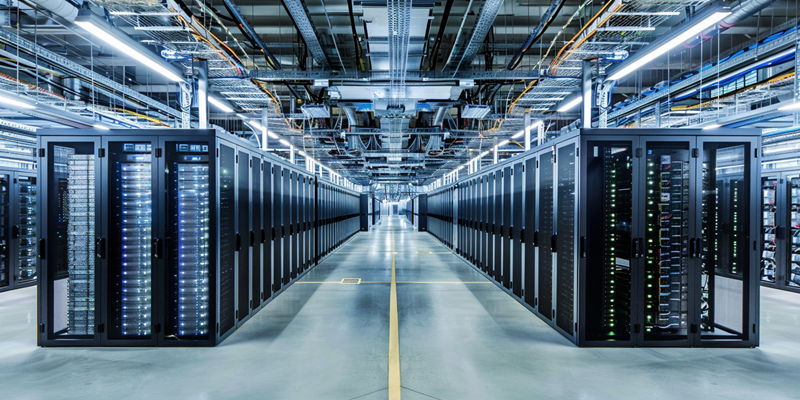The hunger for energy in the data center industry is hitting unprecedented levels, largely owing to the explosive growth of artificial intelligence (AI). As these computational demands skyrocket, data centers are grappling with the need for massive amounts of electricity. In a remarkable example, Northern Virginia—widely recognized as a hub for data centers—has witnessed developers seeking several gigawatts of power for upcoming projects. This amount is on par with the output of nuclear reactors and can power an extensive number of residences.
The electrification impulse isn’t limited to data centers. It permeates transportation and home heating, reflecting a societal pivot toward electricity as a primary energy source. Over the past half-decade, Dominion Energy has incorporated close to a hundred data centers into its grid, cumulatively demanding about four gigawatts. The upcoming data center campuses in the pipeline could potentially double this consumption. Such a surge poses a significant challenge to utilities, especially those committed to reducing carbon footprints and meeting climate action targets.
Meeting the Energy Challenge
The data center industry’s energy demands are soaring, fueled by AI’s rapid growth. These tech hubs are on the hunt for power comparable to nuclear plants. In Northern Virginia, a data center hotbed, developers are now requesting gigawatts for new projects, enough to power numerous homes. This trend extends to sectors like transportation and home heating, signaling a shift to reliance on electricity as the main energy source.
Dominion Energy, over the last five years, has added about a hundred data centers needing roughly four gigawatts. With more facilities on the way, energy use could double, challenging utilities that aim to cut carbon emissions and achieve environmental goals. This escalating demand underscores the tension between technological advancement and sustainable energy practices.

